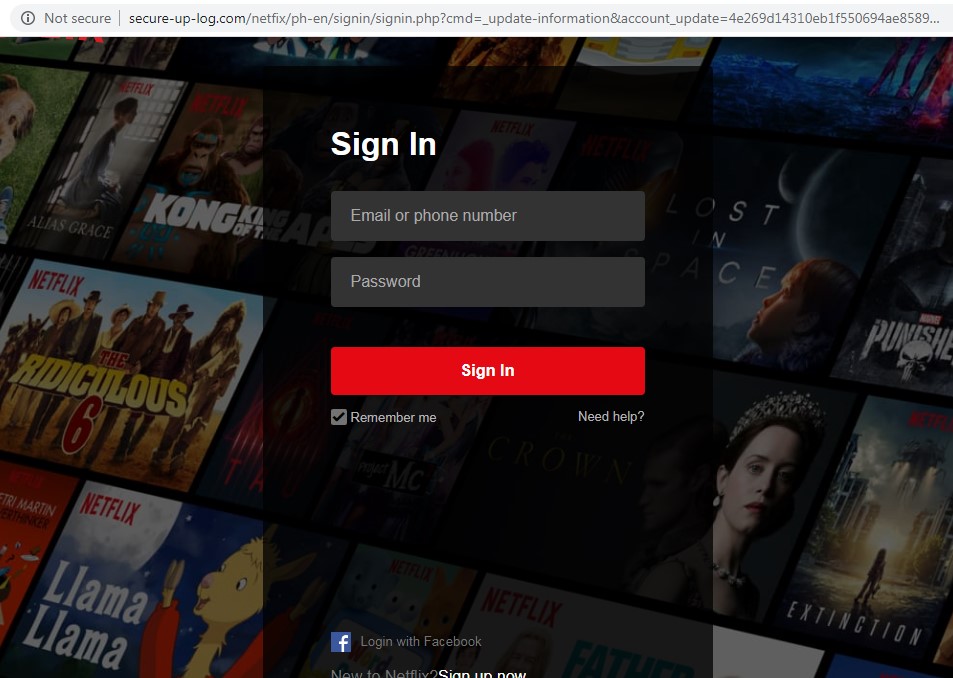- Thread Author
- #1
!!!!!MINI TUTORIAL!!!!!
A phishing page is a fake website designed to mimic a legitimate one, often used by scammers to steal sensitive information like passwords, credit card details, or personal data.
An attacker obtains login information through phishing pages as follows:
A phishing page is a fake website designed to mimic a legitimate one, often used by scammers to steal sensitive information like passwords, credit card details, or personal data.
An attacker obtains login information through phishing pages as follows:
- Fake page: The attacker creates a fake website that looks identical to a legitimate one (e.g., a bank, email service, or social media platform).
- User deception: The user receives a link to the fake page via email, SMS, social media, or ads, often with a message urging immediate action (e.g., "Your account is at risk. Log in now!").
- Data entry: When the user enters their username and password on the fake page, the information is not sent to the legitimate site but directly to the attacker.
- Data theft: The attacker now has access to the user’s credentials and can use them to access the real account, perform further fraud, or sell the stolen data.
- Domain setup
- They buy cheap or free domains, often using names similar to legitimate sites (e.g., "paypa1.com" instead of "paypal.com").
- Use privacy services to hide their identity.
- Sometimes use free subdomains or URL shorteners to disguise the address.
- Hosting
- Use free hosting platforms for easy and anonymous setup.
- Compromise legitimate servers to host phishing pages.
- Employ cloud platforms for temporary setups.
- Page distribution
- Obtain free HTTPS certificates to appear secure.
- Share links via email, ads, or social media to lure victims.

Watch on YouTube how to run a page on localhost.
- Domain setup
To see this hidden content, you must reply and react with one of the following reactions :  Like,
Like,  Love,
Love,  Haha,
Haha,  Wow
Wow




